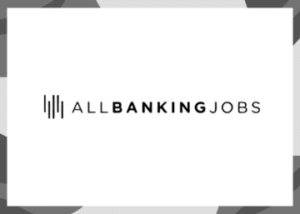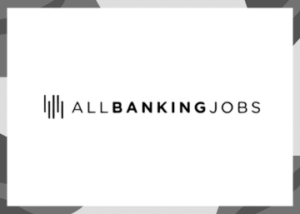US Bank Results Exceed Expectations
The US banking sector has recently been pleasantly surprised as the first wave of bank results exceeded expectations. A clear pattern emerged, indicating that investment banking and trading were the main drivers of this quarter’s success, while core banking demonstrated resilience. For instance, JPMorgan surpassed expectations and raised full-year net interest income (NII) guidance to $95.8bn. This success was attributed to robust trading conditions and an active deals calendar.
Goldman Sachs and Morgan Stanley Shine Bright
In the realm of pure investment banking, Goldman Sachs reported standout numbers with a 42% year-on-year increase in IB fees. This substantial jump in fees led to a profitable beat and further solidified the narrative of a strong dealmaking environment. Morgan Stanley echoed this theme and importantly, outperformed Goldman in equities trading with a revenue of $4.1bn. This illustrated how a vibrant primary market and active hedge fund or prime flows can swiftly translate into profit and loss.
However, not all news was positive. Announcements of exposure to bad loans tied to fraud emerged, which negatively impacted the stocks of regional banks. Zions Bancorp announced a charge off of approximately $50m tied to two commercial borrowers at its California Bank & Trust unit due to alleged misrepresentations. Moreover, Western Alliance reported that it’s suing a borrower for fraud and is seeking to recover around $100m.
These incidents underscore the importance of focusing on banks with a diversified fee exposure, clear NII cushions, and credible expense discipline and return targets. While better-than-anticipated results help at the index level, macro factors continue to set the multiple.
Rate Cuts: What’s ahead?
Currently, markets are expecting another 25bps cut from the Federal Reserve by the end of the month, followed by an additional 50bps easing by January next year. However, the rate outlook remains uncertain due to the data blackout caused by the US government shutdown. Early readings suggest the period of monetary easing is likely to extend into the new year. The effect of these rate cuts on banks’ NII will depend on deposit betas and remix, which can significantly influence a bank’s sensitivity to interest rate changes.
Management commentary thus far suggests that big banks are positioned to absorb gradual cuts, especially with fee momentum serving as a partial hedge. Looking forward, attention will shift towards the health of the investment banking momentum, the strength of the trading market, credit concerns, and the Federal Reserve’s rate outlook. Banks have reported strong advisory/underwriting momentum that is expected to last into 2026, along with a robust stock market.
Investors, meanwhile, should monitor for any early indications of consumer weakness while keeping an eye on the pace of rate cuts from the central bank and the rate at which NII compresses.

Daniela Hathorn is a senior market analyst at Capital.com
Original Source Article: Here






